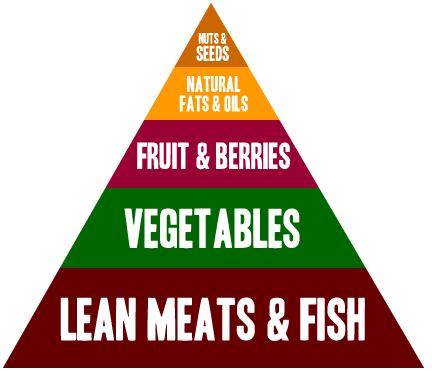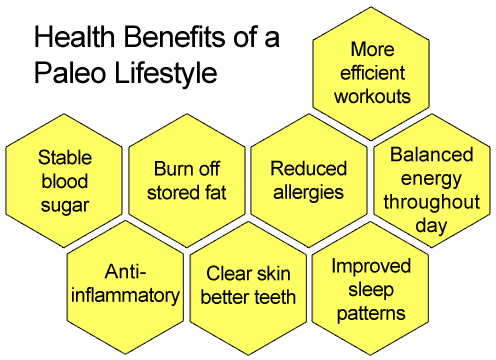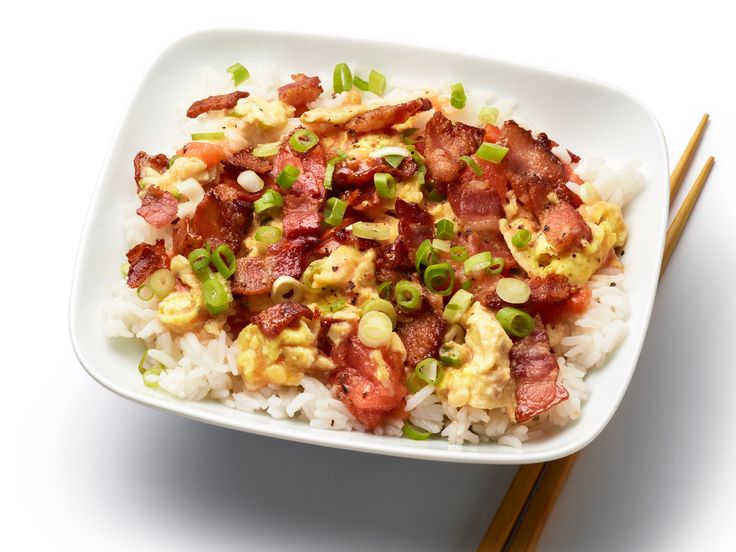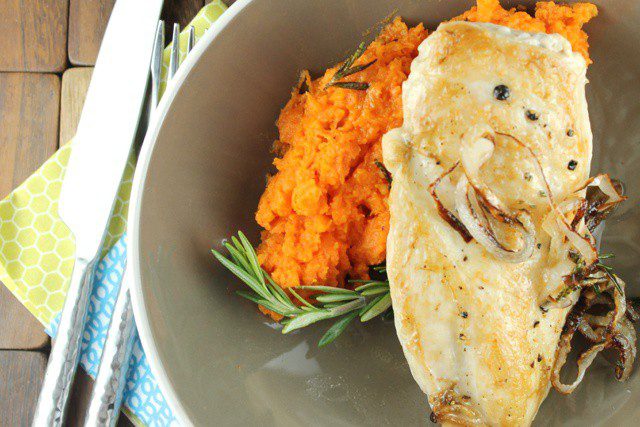Whether you are a athletes looking to improve performance or Mother looking to lose stubborn fat. How you eat is part of that equation. CrossFitters are no exception. The Paleo (Paleolithic) diet is one that has been adopted by many for that reason.
The Paleo diet involves eating all natural foods and avoiding processed ones. Let’s look at what the Paleo diet is and what it involves.
What is the Paleo Diet?
The Paleo diet (also called the Caveman Diet or the Stone Age diet) consists of lean protein, fruits and vegetables, and healthy fats. The great thing about being on the Paleo diet is that there’s no calorie counting or portion control. You eat when you’re hungry, stop when you’re full. And there’s no set number of times you need to eat.
Going a little deeper, this diet is known for including the food groups the cavemen hunted and gathered in their time. Their diet consisted of grass-fed protein, carbs from non-starchy fresh foods, monounsaturated fats, fiber, and potassium.
The Paleo breakdown

Protein
The highest intake on this diet is protein. Protein sources from lean, grass-fed meat, and wild caught seafood. Think organic or free-range here.
Carbohydrates and glycemic index
The carbohydrates come from non-starchy fresh fruits and vegetables (not whole grains). These foods are generally lower glycemic foods. That means the carbs are slowly digested and better absorbed by the body. And that translates to not having your blood sugar levels spike and then crash.
If you want to know more about glycemic index, check out this site from the University of Sydney (http://www.glycemicindex.com/).
Fat
The fat comes from mostly monounsaturated fats. Eating more Omega-3, from fish and seafood, is better for the body. They don’t raise cholesterol levels. And they reduce your risks of cancer and type 2-diabetes.
Fiber, Potassium
Like the carbohydrates, the fiber comes from non-starchy vegetables and fruits. They actually contain more fiber than whole or refined grains.
The potassium comes from unprocessed foods because they’re also low in sodium. Potassium helps with proper functioning of the heart, kidneys, and other organs.
Vitamins
Eating more vitamins, minerals, antioxidants and plant phytochemicals from grass-fed meats, fruits, and veggies is also what this diet requires. Whole grains do not contain the vitamins the body needs and if they do, they’re not absorbed well by the body.
Acid/Base Balance
The Paleo diet puts emphasis on alkaline load and dietary acid balance. The acidic foods are meats, legumes hard cheeses, cereal grains, and salt. The base foods are fruits and vegetables.
You compromise your bone health when your diet consists mainly of grains, cheeses, salt, and processed foods and not enough fruits and veggies.
When you eat more green veggies and fruit, your body is acid/base balanced. When you eat an excessive amount of dietary acid, you may run into bone and muscle loss and high blood pressure.
The Benefits of the Paleo Diet

The Paleo diet has many benefits such as:
- Weight loss
- Improved athletic performance
- Better sleep
- More energy throughout the day
- Improved mental focus
The list goes on with improved blood pressure, sugar levels, and blood cholesterol. Other benefits include reduced risk of diabetes, cancer, and heart disease. All benefits that a health care professional would recommend.
What You CAN Eat On The Paleo Diet
The foods that are eaten on the Paleo diet are those that help you stay healthy such as:
- Free-range meats (beef, pork, goat, lamb)
- Poultry (chicken, turkey, duck)
- Wild caught fish/seafood
- Fresh fruits and veggies
- Eggs (from chickens, ducks, quail, etc.)
- Oils such as olive, avocado, coconut, flaxseed, walnut, macadamia, and hazelnut
- Nuts and seeds
- Beverages (filtered or spring water, coconut water, herbal tea, freshly juiced fruits and veggies)
- Coconut products such as oil, milk, vinegar, nectar
- Unrefined sea salt
What Can Be Eaten In Moderation
- Coffee
- Chocolate
- Sesame
- Dried fruit
- Alcohol (all kinds)
- Caffeinated teas
- Sweeteners – Raw honey, stevia, coconut sap, grade B maple syrup
What You CAN’T Eat On The Paleo Diet
The foods that are not recommended are those that contribute to inflammation and disease such as:
- Processed foods
- Factory farmed meats, eggs, and seafood
- Cereal grains
- Dairy
- Refined sugar/artificial sweeteners
- Legumes
- Potatoes
- Refined vegetable oils (ie. Canola)
- Refined iodized salt
How Do You Plan For This Diet?
Menu
This is where the work comes in. In order to stay on track you need to make a weekly menu plan. That way you’ll know what you’re going to cook ahead of time.
A 3-Day Sample To See How Easy It Is To Follow The Paleo Diet:
| Day 1 | Day 2 | Day 3 |
|---|---|---|
| Breakfast: Pumpkin muffins | Breakfast: Ham and applesauce | Breakfast: Leftover pumpkin muffins |
| Lunch/Snack: Graze leftovers from fridge | Lunch: Chef salad | Lunch: leftover chicken cutlets with olives and tomatoes |
| Dinner: Coconut shrimp with basil spinach | Snack: Jerky and fruit | Snack: Hard-boiled egg and nuts |
| Dinner: Chicken cutlets with olives and tomatoes | Dinner: Cilantro turkey burgers with mixed greens and Paleo-friendly dressing |
Two sample recipes to show you how easy it is:
Bacon Stri-Fry Breakfast

Makes breakfast for two. Approximate cooking time: 25 minutes
Ingredients
- 8 bacon slices, diced
- ½ yellow onion, diced
- 1 medium sweet potato, diced
- 1 medium zucchini, diced
- 7-8 green beans
- 1 avocado
- Freshly ground black pepper, to taste
Instructions
- Cook chopped bacon in a medium skillet over medium-low heat. Drain fat when done and set bacon aside.
- Meanwhile, heat a large sauté pan over medium-high heat. Add 1 Tbs of drippings from the bacon pan, onion, and sweet potato.
- Stirring often, sauté until onions begin to turn translucent and sweet potato softens slightly (about 10-15 minutes).
- Add zucchini and green beans to the sweet potato mixture and cook just until they turn bright green.
- Combine bacon and vegetables. Season with freshly ground black pepper, and top with avocado to serve.
Chicken and Sweet Potatoes with Shallots

Makes dinner for two, with leftovers for lunch. Approximate Cooking Time: 45 minutes
Ingredients
- 3 medium (5″-6″) sweet potatoes, peeled and cut in 2″ pieces
- sea salt and freshly ground black pepper, to taste
- 4 Tbs coconut oil
- 4 (4-6 oz each) boneless, skinless chicken breasts
- 4 shallots, sliced into thick rings
- 2 Tbs fresh rosemary, chopped
Instructions
- Wash and chop sweet potatoes. Place in a large pot and cover with cold water.
- Bring pot to a boil. Once boiling, add 1 tsp sea salt and reduce heat to medium-low. Simmer until tender (about 14-16 minutes).
- Reserve 1/4 cup of cooking water. Drain remaining liquid and return sweet potatoes to pot. Mash with reserved cooking water.
- Meanwhile, season chicken with 1/2 tsp salt and 1/4 tsp freshly ground black pepper.
- Heat 4 Tbs coconut oil in large skillet over medium-high heat.
- When pan is hot, add sliced shallots and rosemary and cook for a minute.
- Add chicken breasts to pan and pan-fry until golden brown and fully cooked (7-8 min per side).
- Serve with mashed sweet potatoes on the side.
Grocery shopping
You’ll then need to make a grocery list for however many days you’re planning to cook for. You can buy groceries every day, a few times a week or weekly.

Protein:
Go to the meat department of your supermarket and get grass-fed meats, wild caught fish, and free-range poultry. If you can’t afford these and need to opt for farm raised, get the leanest cuts you can get.
And don’t just think beef here. Bison, venison, wild game, and pork are all great sources of protein.
Salmon and tune are the best sources of Omega-3 fatty acid. You can also get cod, tilapia, scallops, shrimp as well. Just make sure they’re not farmed raised because they could have high mercury levels.
The eggs you’ll find in the dairy department. If you can afford it, go for the free-range ones that are fortified with Omega-3.
Carbs:
Go to the produce department. Choose organic when you can. You have a lot of choices here such as spinach, broccoli, cauliflower, zucchini, asparagus, cabbage, Brussel sprouts, eggplant, bell peppers, tomatoes, sweet potatoes, avocado. You can also get frozen veggies to keep in emergencies.
Fresh herbs you can get are parsley, basil, rosemary, oregano, mint, thyme, sage, etc. Dried is OK if you know they’re from a reputable source.
For fruits, choose berries (raspberry, strawberry, blueberry, etc) first because these have the lowest sugar content. You can also get watermelon, peaches, oranges, tangerine, grapefruit, apples, cantaloupe, kiwi, etc.
Fats:
Healthy fats are great source of energy, especially when you are going no or low carb. Here are great choices for healthy fats: coconut oil, olive oil, and avocados and avocado oil.
Nuts and seeds:
Again try to go organic if you can. Choices here are sunflower seeds, pumpkin seeds, pecan, walnuts, cashews, almonds, pistachios, etc.
Spices:
Ginger, garlic, onions, cayenne pepper, cumin, turmeric, cinnamon, nutmeg, vanilla, etc.
Is this diet right for you?
If you’re not willing to give up a food that’s in the “can’t eat” category or you can’t seem to plan ahead then maybe this diet is not right for you at this moment. You can revisit it when you’re ready.
With the Paleo diet you don’t have to think blocks or keep a journal like you do in the Zone Diet but you do have to plan. There’s no way around planning if you want to be successful. Planning is what will keep you on track.
Many people, including athletes, have seen great results from this diet. The only rules are what to eat, what not to eat, and keeping meals balanced. Everything else is up to you. Not a bad a deal, huh?

